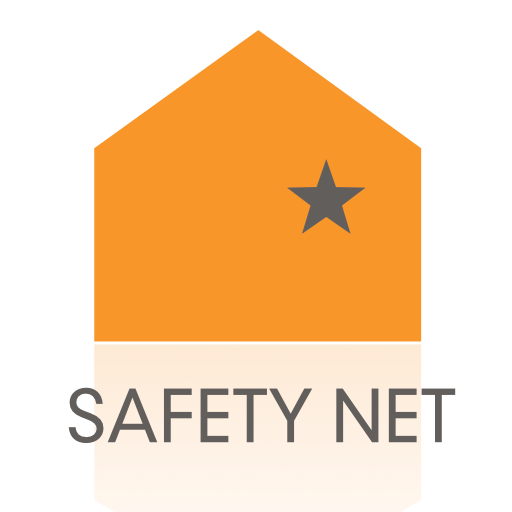New Teens & Tech Resources for Teen Dating Violence Awareness Month
/In February we recognize Teen Dating Violence Awareness Month (TDVAM), by focusing our attention on raising awareness about the violence teens experience within intimate relationships. Studies say that 1 in 3 high school students will experience some form of dating violence or abuse. As teens are navigating the complexities of the pandemic, remote learning and adolescent development, many are also experiencing and witnessing online abuse.
In recognition of TDVAM and the significant intersection of technology and teen dating violence, the Safety Net Project at the National Network to End Domestic Violence is excited to release three new resources to help parents, people who work with youth, and teens understand and address technology abuse. The new handouts were created in partnership with Tonjie Reese of eleven24, a teen violence prevention program dedicated to reducing the prevalence of relationship abuse and sexual violence through media literacy and identity affirmation.
Technology misuse is a common tactic within dating abuse. The more those working with and caring for youth are able to understand technology from their perspective, the better we’ll be to help them navigate relationships, online spaces, and their tech use. In addition to providing youth with positive examples of relationships, it’s important to model healthy technology use that encourages safety, privacy, and consent. Technology will increasingly be a part of our lives and a common concern within dating violence. Our Teens and Tech series aims to empower teens and those who are working with and caring for young adults to enhance privacy and security while using technology strategically.
Check out our Teens & Technology Resource Series, including these three new handouts:
· Teens and Technology: Examples of Technology Abuse
· Five Ways to Engage with Young People
· Uses and Misuses of Popular Apps
While it’s important to dedicate February to focusing on teens’ experiences with intimate partner violence, listening to teens’ voices and working to empower them to build a future free of abuse is a year-round commitment.
Later this month, Safety Net will be launching our first ever Tech Talk, a pre-recorded bite-sized conversation focused on a specific topic. This first conversation will be devoted to the issue of breaking up online. Considering the prevalence of teen dating violence and the possibilities for escalation following break-ups, this is an incredibly important moment for a teen’s safety and well-being. Please stay tuned for more information!
To learn more about teen dating violence or to get help, please visit:
o eleven24
o Family Online Safety Institute
o Love Is Respect – Get help by calling 1-866-331-9474 or texting LOVEIS to 22522



